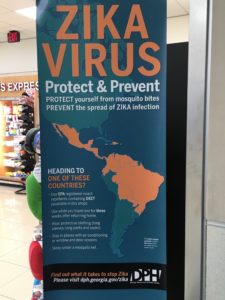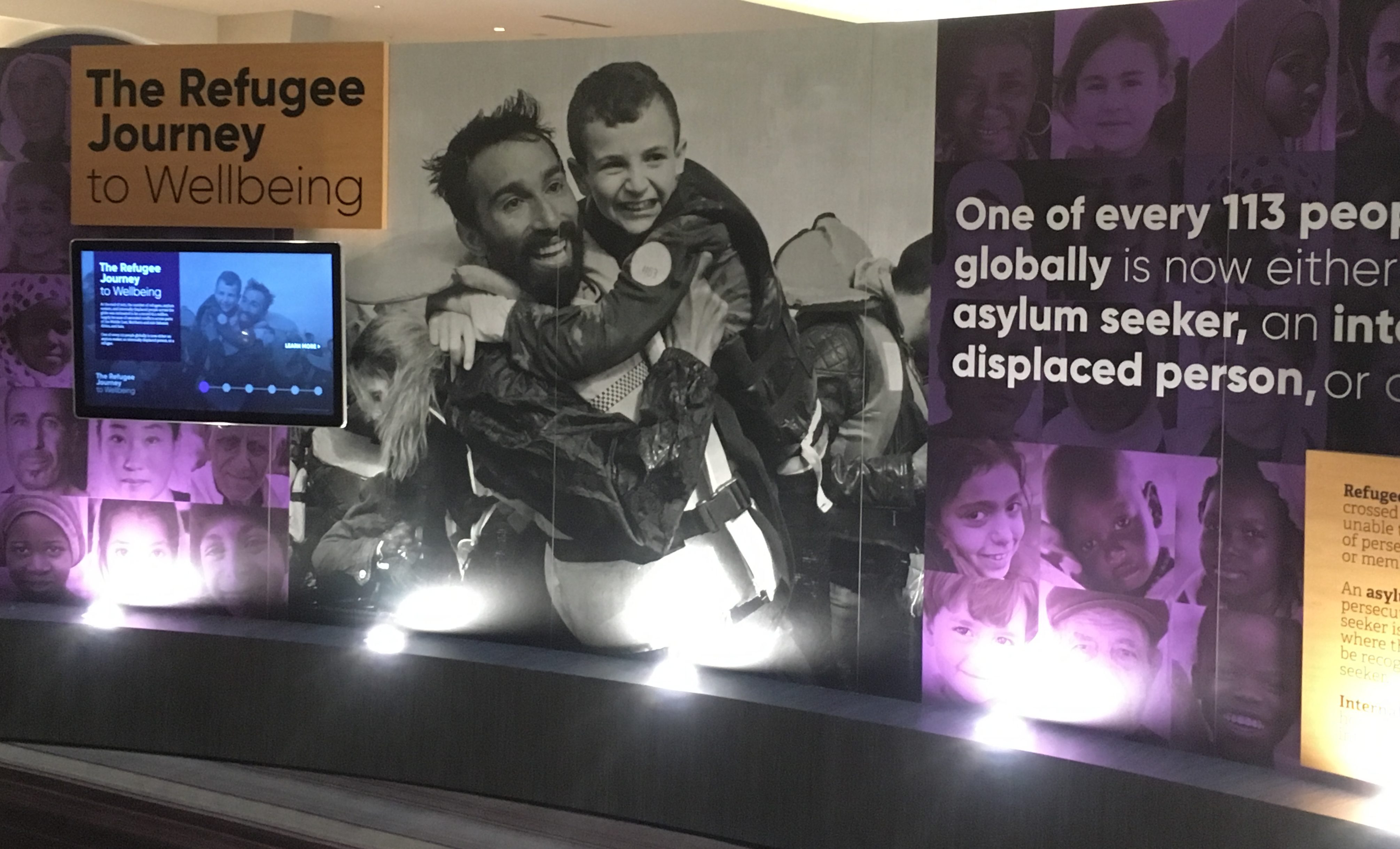
Over 4,300 delegates from all over the world recently gathered in a warm and sunny Atlanta to attend the 65th ASTMH meeting, which is always a much anticipated event for the tropical medicine community.
This year the spotlight was on two major issues: the emergence of Zika virus disease and the health implications of the current global refugee crisis.
The threat of Zika virus disease and congenital syndrome
This is the most complicated issue the CDC has ever handled. This is an unprecedented virus: we have never had a mosquito-borne virus capable of causing birth defects or of being transmitted sexually; we don’t have a great track record with controlling Aedes aegypti. And we have an unprecedented frequency of people traveling to every part of the world and back.
Ann Schuchat
Ann Schuchat, principal deputy director for the U.S. Centers for Disease Control and Protection (CDC), highlighted the seriousness of the current Zika outbreak in an address to the reporters in the press conference: “This is the most complicated issue the CDC has ever handled. This is an unprecedented virus: we have never had a mosquito-borne virus capable of causing birth defects or of being transmitted sexually; we don’t have a great track record with controlling Aedes aegypti. And we have an unprecedented frequency of people traveling to every part of the world and back.”
Many Zika experts are now monitoring large population centres in Singapore, Thailand, and Vietnam, countries where Zika has been detected and where there are concerns that major outbreaks could occur. We have recently discussed this topic, focusing on Singapore, in a Commentary as part of our article collection ‘Zika virus disease’.

The epidemiological threat represented by international travel was also one of the points made by the Director of the Pan-American Health Organization (PAHO) Carissa Etienne in her plenary “Zika: a storm in the making”. By August 2015, a 70-fold increase in microcephaly cases totalling 700,000 cases from 47 countries has been reported; however, this is likely to be an underestimate.
Because of the magnitude of the problem, it is of utmost importance for the global health community to take action despite incomplete evidence.
Albert Icksang Ko, Professor at the Yale School of Public Health, explained that we currently have an undefined burden of disease pyramid for Zika congenital syndrome (ZCS), with microcephaly seemingly at the tip of the iceberg.
We recently dedicated a review to the clinical and global health implications of ZCS. Additional research is urgently needed on the rates of vertical transmission and the factors that could influence transmission and outcome.
An important factor to consider would be the presence of co-infections, or prior exposure to other Flaviviruses, such as Dengue virus (DENV). This could explain the great variability in risk and severity of disease observed across different geographical locations, according to Pedro Fernando da Costa Vasconcelos, Head of the Instituto Nacional de Ciência e Tecnologia para Febres Hemorrágicas Virais (INCT-FHV).
Large, international cohort studies are currently underway and will soon provide much-needed longitudinal data that will be crucial to elucidating the complexity of Zika virus disease. One of these studies is the Zika in Infants and Pregnancy (ZIP) study, run by the National Institutes of Health in the United States. BMC Medicine has recently spoken with one of the investigators of the study, Catherine Spong, in a Q&A article.
The global refugee crisis and the complex issue of refugee health

A very important emerging topic for the tropical medicine and global health communities is refugee health. ASTMH 2016 placed this topic very much in the spotlight by hosting a dedicated, interactive exhibit right at the center of the conference venue. The exhibit “The Refugee Journey to Wellbeing” showed the chronology of the refugee experience: what drives people to flee, what happens when camps are set-up, and what sort of health interventions occur before resettlement.
There is currently a whole body of work available and incredible progress has been made on refugee health. Incoming ASTMH president Patricia Walker, who has been working on refugee health since 1979, felt that the exhibit offered an accurate representation of all this.
The interest of the research community in refugee health has also brought infectious diseases such as leishmaniasis to the forefront. These diseases, which are commonly found in refugee populations, have been largely neglected so far.
Importantly, the first clinical guidelines for leishmaniasis diagnosis and treatment in the United States were released by the ASTMH and the Infectious Diseases Society of America (ISDA) during the ASTMH meeting. The new guidelines have been developed due to the recent increase in leishmaniasis cases among international travelers, soldiers and immigrants in the United States.
Overall, ASTMH 2016 provided a great venue for discussion of a wide variety of topics related to emerging and re-emerging infectious diseases in the context of global and tropical health.
As a general medical journal publishing influential research in all areas of clinical practice and translational medicine, BMC Medicine is always interested in receiving original research submissions addressing some of the most exciting developments in tropical medicine and global health. Why not consider us for your next ground breaking research paper?

Comments